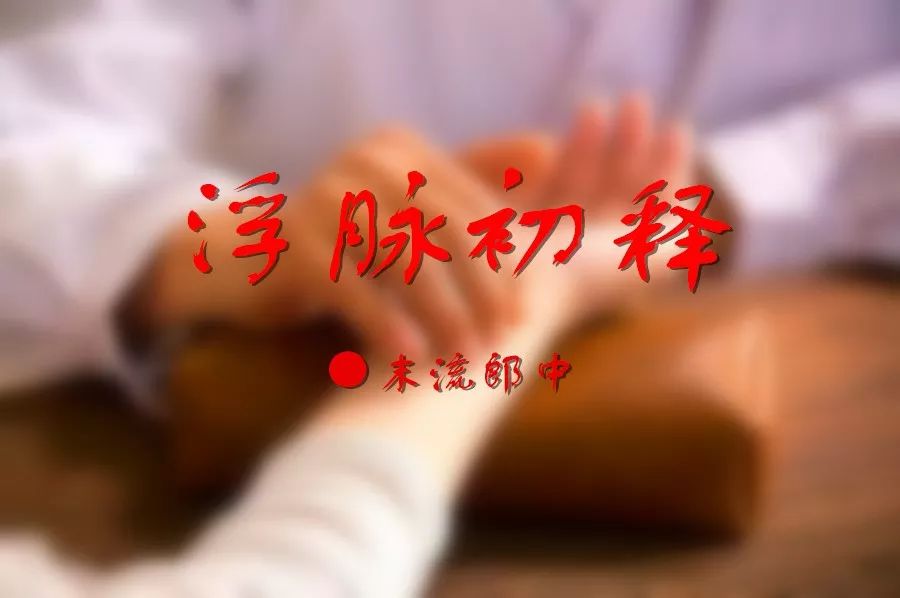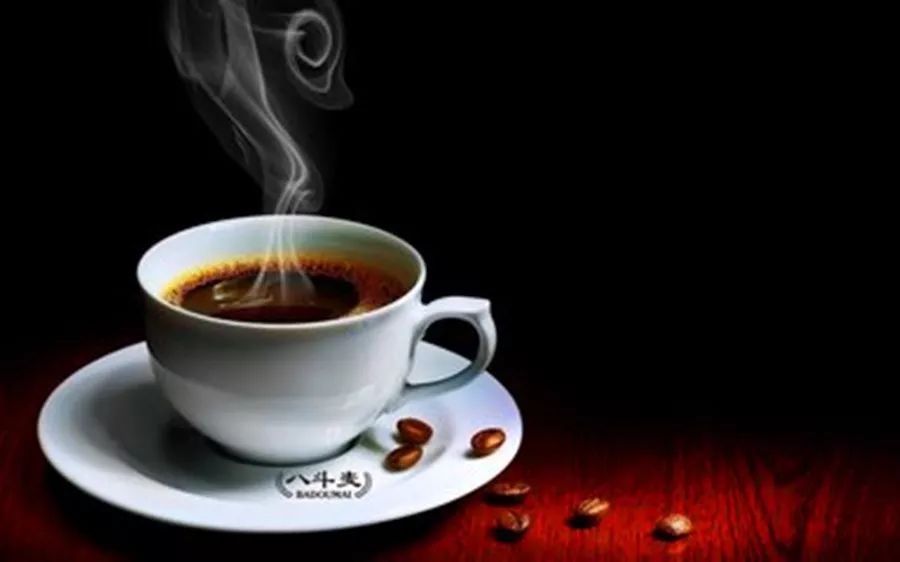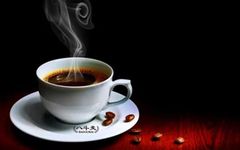
Floating Pulse Explained
By Mo Liu Lang Zhong
The methods of pulse diagnosis vary among practitioners. This article is a superficial explanation based on the “Binhuh Pulse Studies,” serving as a gateway for beginners.
To take a pulse briefly, it is referred to as “lifting, pressing, and searching.” This is the method of obtaining floating and sinking pulses. Lifting refers to floating, pressing refers to middle, and searching refers to sinking.
【Original Text】 Floating pulse: lifting is excessive, pressing is insufficient (from “Pulse Classic”). It resembles a gentle breeze blowing the feathers on a bird’s back, light and fluttering in appearance, like following the elm pods (from “Suwen”), like wood floating on water (Cui’s description), like twisting scallion leaves (Li’s description).
【Explanation】 The basic definition of floating pulse: lifting is excessive, pressing is insufficient. This means that the method of obtaining a floating pulse is lifting. When moving to the middle, the pulse strength diminishes, indicating insufficiency.
The tactile sensation of the pulse: like a gentle breeze blowing the feathers on a bird’s back, light and fluttering in appearance, like following the elm pods, like wood floating on water, like twisting scallion leaves. First, the feathers on a bird’s back refer to down feathers, not wing feathers, as wing feathers are hard and not soft enough. This “light and fluttering appearance” can be observed by holding a chick that has grown two-thirds of its feathers, lifting it, and letting a gentle breeze blow on it to observe its condition. At the same time, one can hold the chick with one hand and gently stroke against the feathers with the other hand to feel the light fluttering sensation under the fingers. “Like following the elm pods” refers to the pods that may or may not be present in some areas; those who have the opportunity can try this. Note that the pods should not be detached from the branch; the fingers should press on the pods that are still on the branch. “Like twisting scallion leaves” refers to the most common item in daily life. There are two methods to twist scallion leaves: one is to take the scallion leaves with the stem, ensuring not to break the scallion tube, using the thumb as little as possible, and rolling it back and forth on the table with the remaining three fingers, or one finger or three fingers. The second method is to take the scallion tube on the table and lightly roll it with one or three fingers. This can be practiced repeatedly to gain experience.
【Original Text】 The floating pulse method is heavenly, with a light and clear appearance above; in the hexagram, it corresponds to Qian (Heaven), in the season, it corresponds to autumn, and in humans, it corresponds to the lungs, also referred to as “fur.” If excessive, it is firm in the middle and empty on the sides, resembling the feathers of a chicken, indicating an external illness. If insufficient, the qi comes with a light sensation, indicating an internal illness. The “Pulse Classic” states that searching for it like excessive indicates a floating pulse combined with a flooding and tight pulse, which is not a floating pulse.
【Explanation】 This section has profound meaning. First, the way of the three talents is thus stated: “The floating pulse method is heavenly, with a light and clear appearance above.” Next, it states that the floating pulse is the normal qi transformation pulse of the lungs, representing the qi transformation of a healthy person. The previous statements refer to the floating pulse of a healthy person, while the next refers to the conditions of excessive and insufficient floating pulses. “If excessive, it is firm in the middle and empty on the sides, resembling the feathers of a chicken, indicating an external illness.” This pulse shape is high and firm, with emptiness on both sides. “If insufficient, the qi comes with a light sensation, indicating an internal illness.” This pulse shape is weak and flat, although floating, it lacks strength, indicating an internal illness. The “Pulse Classic” states that searching for it like excessive indicates a floating pulse combined with a flooding and tight pulse, which is not a floating pulse. The flooding pulse is large and strong; if it is floating again, the pulse position is elevated. This is actually a flooding pulse, indicating a severe illness. If a virtual appearance is seen, it is a sign of collapse, not a floating pulse, hence clinical caution is advised.
【Original Text】 [Body Condition Poem] The floating pulse only travels above the flesh, like following the elm pods, light as fur. In the third autumn, knowing there is no illness, a long illness encountering it can be alarming.
【Explanation】 The position of the floating pulse is above the skin and below the flesh; below the flesh is the muscle, which is the middle pulse position; between the muscle and bone is the sinking pulse position. The first two lines clearly indicate the pulse position, strength, and condition; the last two lines state that in autumn, the floating pulse indicates the qi transformation of a healthy person. A long illness with a floating pulse is a warning signal. This part is subtly expressed, and one can understand it intuitively, indicating that a floating pulse is commonly seen in routine internal injuries and external pathogens.
【Original Text】 [Similar Condition Poem] Floating like wood floating in water, large and hollow is the Kuao pulse. If it floats with a slap, it is the flooding pulse; although it comes strong, it goes slowly. The floating pulse is light and flat like twisting scallions. If it is empty, it comes slowly and is large and hollow.
【Explanation】 “Floating like wood floating in water” indicates that it is floating but not empty. The next describes the general conditions of Kuao pulse, flooding pulse, empty pulse, and scattering pulse.
The Kuao pulse is large and hollow. The flooding pulse is large and strong, coming strong and going weak, with a hint of being constrained; if it is unconstrained, excessive external movement leads to a collapsing pulse. The empty pulse is floating and slow, with a large and hollow feeling. The pulse is floating and fine, with a soft strength, this is the Ru pulse. The scattering pulse can be understood as the shape of a broom or paper fan; we can also slowly pour a ladle of water on a small slope to intuitively feel its condition.
Thus, after the “Similar Condition Poem,” Binhuh clearly states that a floating pulse with strength is flooding, a floating pulse that is slow and large is empty, excessively empty is scattering, a floating pulse that is weak is Kuao, and a floating pulse that is soft and fine is Ru.
【Original Text】 [Main Disease Poem] The floating pulse indicates a yang exterior disease; slow wind, numerous heat, tight cold, and restraint. A strong floating pulse indicates much wind heat, while a weak floating pulse indicates blood deficiency. A floating pulse at the inch indicates headache and dizziness from wind, or there may be phlegm and wind gathering in the chest. The guan position is weak in earth and strong in wood, while the chi position has difficulty in urination.
【Explanation】 This part is simple; first, it indicates the disease location, then the disease nature, and finally the disease syndrome. According to this, it is clear that the elder Shen Zhen understood the principles of qi transformation and the relationship between form and qi.
It is feared that people may not fully understand, so it is reiterated. The floating pulse indicates deficiency; a strong pulse indicates excess, while a weak pulse indicates deficiency. A floating and slow pulse indicates wind (this refers to wind-cold), a floating and rapid pulse indicates wind-heat, a floating and tight pulse indicates wind-cold, a floating and weak pulse indicates heat from summer heat, a floating and Kuao pulse indicates blood loss, a floating and flooding pulse indicates deficiency heat, and a floating and scattering pulse indicates extreme fatigue. Thus, Binhuh uses the floating pulse to encompass the eight pulses.
Mo Liu Lang Zhong says: The elder Binhuh is a practitioner who diligently practices the medical way. I write this article for beginners as a guiding pathway. Teaching someone to fish is better than giving them fish, so those with affinity can follow this path. However, this article on pulse studies is only this one. One reason is due to being too busy, and the other is that practice is necessary; laziness is a major taboo in medicine.

How to Check Historical Messages of This Public Account:
1. On the search bar at the top of the WeChat homepage, enter the content you wish to find;
2. Enter the public account, click on the small white person in the upper right corner of your phone, and select “View Historical Messages”;
3. In the public account chat bar, enter keywords such as disease names. For the “Huangdi Neijing,” enter pure numbers in order; for “Suwen” and “Lingshu,” each has eighty-one chapters, enter Arabic numbers for “Suwen” and Chinese numeral characters for “Lingshu.”
Focus on health, focus on life—welcome to follow the WeChat public account: Zeng Shi Wu Yu! (Zeng pronounced as “Ceng”)
Long press the QR code to follow or click on the small blue text “Zeng Shi Wu Yu” below the article title, then click “Follow” to read the historical messages published by this public account and to receive the latest news from this public account in real-time.


